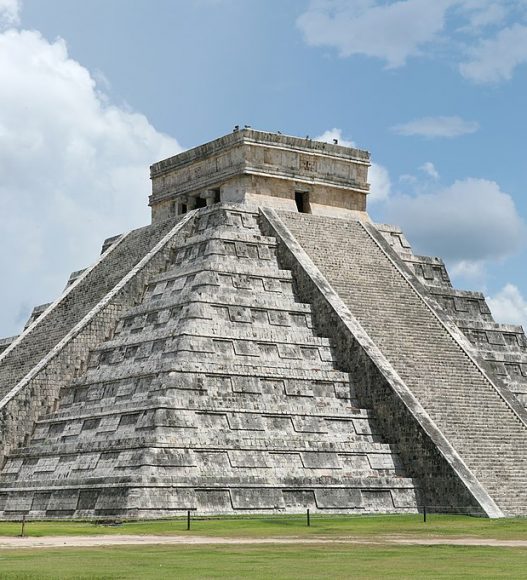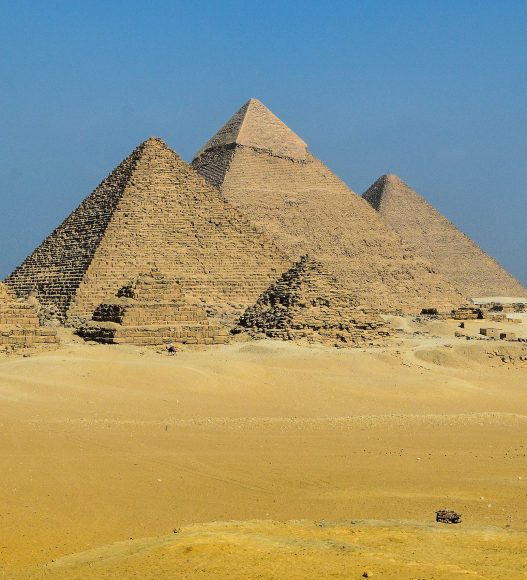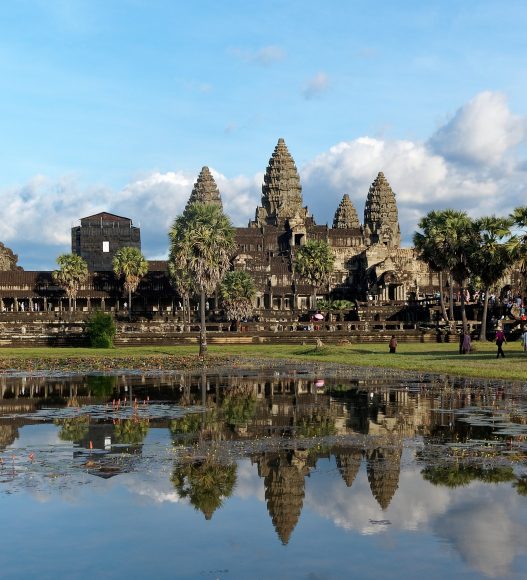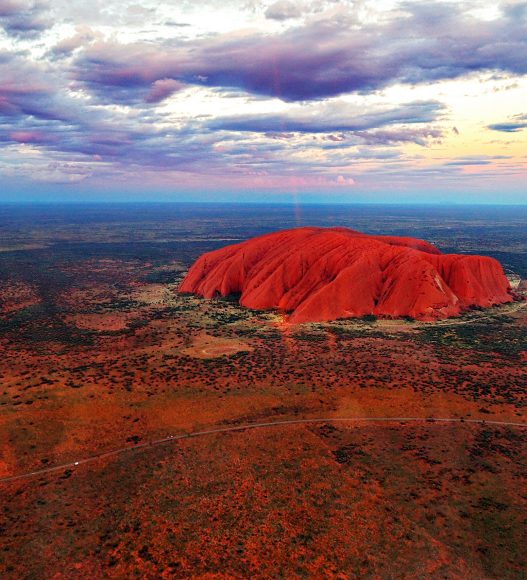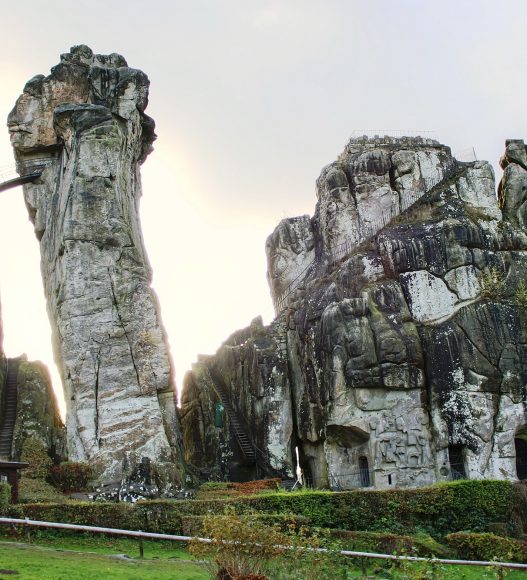Sites around the world
This article explores Chichen Itza’s profound role in Mayan culture, its connections to ley lines, and its significance as an archaeological and spiritual site. Located in Mexico’s Yucatan Peninsula, this ancient city is a global symbol of advanced architecture and mystical alignment, revered for centuries as an energy vortex and pilgrimage destination.
The Great Pyramid of Giza, erected around 2580–2560 BCE for Pharaoh Khufu, towers 146.6 meters on Egypt’s Giza Plateau, standing as the largest pyramid and the only surviving Seven Wonder of the Ancient World. Constructed with 2.3 million limestone and granite blocks, it embodies extraordinary mathematical precision and geographical significance, from its near-perfect alignment with true north to its encoding of pi, phi, and Earth’s dimensions. A UNESCO World Heritage Site since 1979, it is a cornerstone of ley line theories, revered as a primary energy vortex in a global grid connecting sites like Stonehenge and Uluru.
Stonehenge, a monumental stone circle in Wiltshire, England, constructed between 3000 and 2000 BCE, is a pinnacle of Neolithic engineering and one of the world’s most enigmatic sacred sites. Comprising massive sarsen stones and smaller bluestones arranged in a precise circular layout, it is aligned with solar and lunar cycles, suggesting a ceremonial purpose tied to ancient cosmology. A UNESCO World Heritage Site since 1986, Stonehenge is frequently associated with ley lines—energy pathways connecting sacred sites—due to its role as a spiritual and astronomical hub.
Introduction Angkor Wat, a magnificent 12th-century temple complex covering 162.6 hectares in Siem Reap, Cambodia, is a masterpiece of Khmer architecture and the largest religious...
Uluru, a towering sandstone monolith in Australia’s Uluru-Kata Tjuta National Park, stands 348 meters high and stretches 3.6 kilometers long in the Red Centre. Revered by the Anangu, the Aboriginal custodians, as a sacred site central to Tjukurpa (Dreaming) stories, it is a cultural and spiritual landmark of global significance. Known also as Ayers Rock, Uluru is a UNESCO World Heritage Site, celebrated for its geological uniqueness and mystical energy. Often linked to ley lines—hypothetical energy pathways connecting sacred sites—it is considered a major energy vortex, drawing parallels to Machu Picchu, Mount Kailash, and the Externsteine.
Introduction The Externsteine, a striking sandstone rock formation rising up to 37.5 meters in Germany’s Teutoburg Forest near Detmold, is a multifaceted spiritual and cultural...
